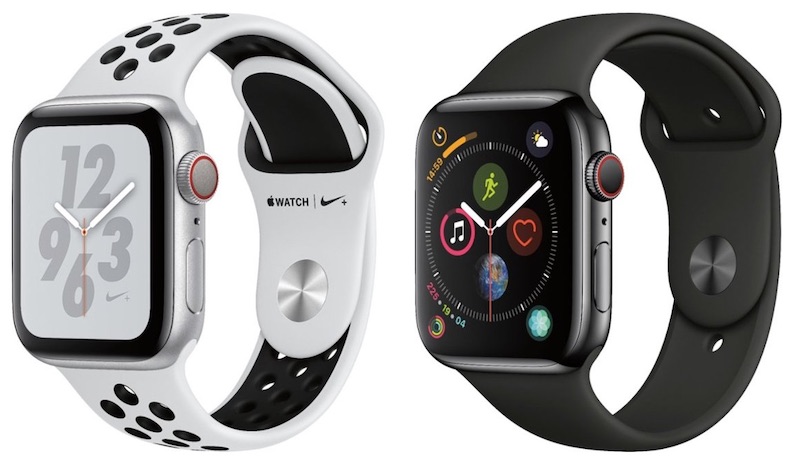
The Apple Watch Series 6 will feature an OLED screen like previous models, according to a leaker of upcoming Apple products, suggesting the company isn't quite ready to use its in-house MicroLED display technology in consumer products.

Apple reportedly has a secret manufacturing facility in Santa Clara, California where it is designing and producing test samples of displays that use MicroLED, a technology that will follow OLED. MicroLED screens can result in devices that are slimmer, brighter, and use less power.
The technology isn't expected to reach an iPhone for another year or so, but there is precedent for new screen technologies showing up in the Apple Watch first. When it was introduced in 2014, the Apple Watch had an OLED screen. The technology then migrated to the iPhone X three years later.
Apple is said to have been testing prototype Apple Watch models with MicroLED displays since 2017, and rumors have suggested an Apple Watch with a microLED display could launch as soon as this year.
However, the Twitter account @L0vetodream, whose short Apple leaks come prefaced with "in my dream," this morning claimed the Series 6 "will continue [to] use the display from JDI."
Over the last couple of years, JDI Display has supplied some of the OLED displays for Apple Watch models, and Apple has been gradually increasing its proportion of orders from the manufacturer, which was recently buoyed by a $200 million investment from Apple to enable larger production of OLED displays for iPhones.
Apple Watch Series 6 models, which are in development for a fall 2020 launch, are rumored to feature faster performance, better water resistance and improved wireless transmission for faster Wi-Fi and cellular speeds.
According to code found in a leaked version of iOS 14, Apple is working on watchOS 7 and Apple Watch Series 6 features that will allow the Apple Watch to detect blood oxygen levels and panic attacks. Apple may also add a new fitness app and a sleep tracking app to the Apple Watch.
The anonymously-run Twitter account @L0vetodream accurately revealed several details about the new iPhone SE before any other leakers that we know of, including that the device would launch in the second week of April and come in three storage capacities. Likewise, the account accurately claimed that new iPad Pro models would launch in the third week of March. It has also hinted at a 2021 release for a rumored 14-inch MacBook Pro.
Article Link: Leaker Suggests MicroLED Apple Watch Not Coming This Year
Last edited:

